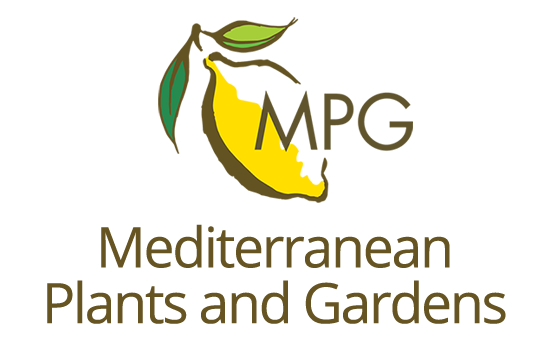Day 4 – Sunday 17 August
Maskam to Springbok
Maskam Guest Farm is known for its spring flowers, particularly annuals that enjoy the previously disturbed agricultural land. We spent the morning walking and driving more of the farm’s tracks. We admired the fields with their mass displays of white African rain daisy, Dimorphotheca pluvialis and orange Dimorphotheca sinuata, the Namaqualand daisy. We also got up close to interesting shrubs adapted to the dry conditions of the Succulent Karoo biome, such as Struthiola ciliata with small narrow leaves and hairy flowers, leaves and stems, all to reduce water loss.

Morning walk at Maskam Guest Farm

Sparaxis galeata

Struthiola ciliata

Pterygodium crispa

Fields of white Dimorphotheca pluvialis

Mass flowering of annual Dimorphotheca sinuata

Gazania rigida

Albuca cooperi
We re-fuelled ourselves and our minibus at the service station in Vanrhynsdorp and headed north again on the N27 highway passing through the Knersvlakte. This area lies between Bittersfontein in the north and Vanrhynsdorp at its southern limit and between the foot of the Bokkeveld Plateau in the east and the coastal plain of Namaqualand in the west. The vegetation here is low, from 10-50cm high with an average annual rainfall of 100-200mm. The landscape is low rolling hills with saline soils that are covered in small, white quartz pebbles. The area is home to rare succulents from the Aizoaceae family, such as Argyroderma species (locally called bababoudjies and vingervygies) and Oopytum oviforme (krapogies) as well as shrubs from the Asteraceae family. Each locality and different size of quartz pebbles may have its own composition of species. The white pebbles reflect sunlight creating slightly cooler surface conditions. This unique flora is under threat from poaching and mineral and pebble extraction. However, Frank knew of many roadside spots rich in plants and he said it was a particularly colourful year. I found this landscape absolutely breathtaking – an azure sky, blue-hued mountains in the distance and the quartz-speckled soil dense with jewel-like plants.

Knersvlakte

Succulent plants of Aizoaceae family, Knersvlakte

Malephora purpureo-crocea

Bulbine praemorsa

Euphorbia hamata

Pelargonium crithmifolium

Jamesbrittenia maxi
Near Bitterfontein Frank took us off the main road and down a track. Quartz pebbles were dense on the surface and there were areas of exposed rock. Frank knew there were aloes growing here but there were other gems such as the succulent bababoudjies. Only two leaves grow at a time, older leaves disintegrate. The woody fruits have 14-24 valves that open when wet and close when the fruit dries, to disperse seed.

The Knersvlakte near Bitterfontein

Aloe krapohliana

Freesia viridis

Albuca navicula

Argyoderma delaetii (bababoudjies)
Back on the main road Frank pointed out purple patches on the hillsides. These are known as fairy circles and it is believed that ants clear an area which is then colonised by plants in the Aizoaceace family. As we continued north to Springbok, the largest town in Namaqualand, terrain changed to distinctive rounded and rocky hills, many with large exposed, rounded granite outcrops. Springbok lies at an elevation of 1007 metres, located in a narrow valley between the high granite domes of the Klein Koperberge, the Small Copper Mountains. The town developed after a copper mine was created in 1852. Located on the main road to Namibia and 120km from the border, tourism is now important. We checked into the Daisy Country Lodge, with rooms in separate buildings surrounding a central ornamental garden. There were vocal Cape weavers and resident peacocks and our hosts also advised us not to be alarmed by strange noises in the night, which were just visiting nocturnal birds called spotted thick-knees, which hunt on the ground for insects, small mammals and lizards.

Fairy circles

Cape weaver

